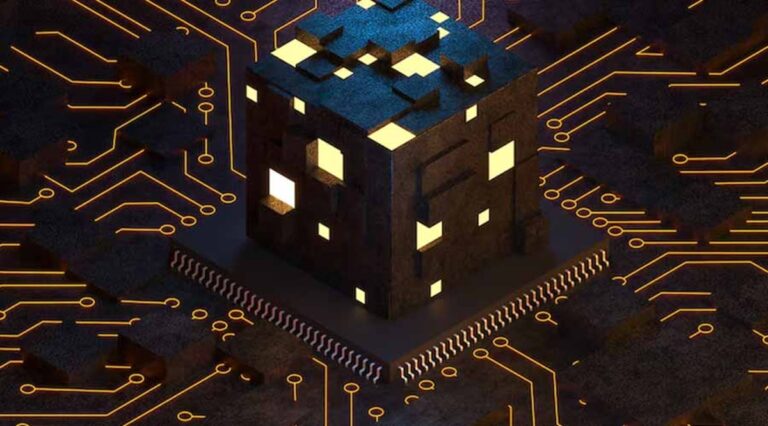While we mentioned some of the characteristics that define L3 earlier, such as being optimized for a single use case, it’s worth noting that Layer 3 is a broad tent. Some projects, such as SQD, that technically meet L3 criteria are not represented as such. This is similar to how many Metaverse projects avoid this term altogether, as it is no longer used.
In other words, you should pay less attention to the description a project gives to the blockchain network and more attention to what the project does. If it’s designed for a specific use case or on-chain vertical, is highly interoperable, and can be integrated into existing L1 and L2, it’s Layer 3. Created by app chain or service layer – This is layer 3.
As for whether L3 is the last word in blockchain design, the answer is almost certainly no. Just as Gillette has shown an uncanny ability to keep adding blades to its disposable razors in pursuit of the perfect shave, it wouldn’t be surprising to see additional layers added to the blockchain stack.
But for now, L3 is one of the key drivers between reducing blockchain congestion and enhancing the data and liquidity delivery that we currently enjoy. This has allowed GameFi to thrive without the play experience being compromised by slow and costly transaction settlements. Liquidity flows to DEX and L2 to meet the demand of DeFi traders. Power the creation of data-rich DAPPs that absorb multi-chain data.
Even if you have never bridged funds, you may have interacted with L3 indirectly without knowing it. This is exactly how they are supposed to work: as the backbone of the crypto economy, quietly delivering data and liquidity where it is needed.


